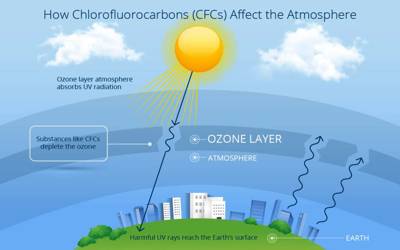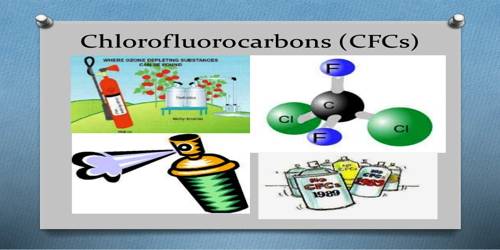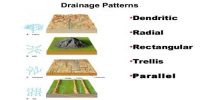Chlorofluorocarbons (CFCs): Is an artificially created gas that has become concentrated in the Earth’s atmosphere. This very strong greenhouse gas is released from aerosol sprays, refrigerants, and the production of fumes.
It contains carbon, chlorine, and fluorine. Chlorofluorocarbons are more generally referred to as CFCs or, when used for refrigeration, CFCs are also recognized as freon.
Developed in the 1930s as a safe substitute for ammonia, convention of CFCs grew fast because of its efficacy and expediency all over most of the 20th century. Over the past forty years, manufacturing of CFCs has been seriously keeping up and phased out due to the destructive impact it has on the ozone layer.

CFCs have been found to pose a severe ecological hazard. Studies undertaken by different scientists throughout the 1970s exposed that CFCs released into the atmosphere accrue in the stratosphere, where they had a harmful consequence on the ozone layer. Stratospheric ozone shields living organisms on Earth from the destructive effects of the Sun’s ultraviolet radiation; even a moderately little reduce in the stratospheric ozone concentration can result in an increased occurrence of skin cancer in humans and in genetic damage in many organisms.














